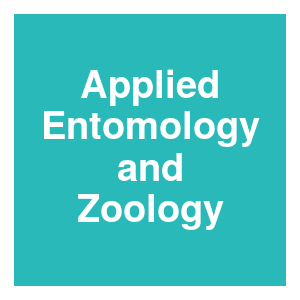Effect of the timing of pupal irradiation on the quality and sterility of oriental fruit flies (Diptera: Tephritidae) for use in Sterile Insect Technique

|
T. J. Fezza, P. A. Follett and T. E. Shelly,
Applied Entomology and Zoology,
8.
2021.

The Sterile Insect Technique (SIT) is a target-specific, biologically based method used to control pestiferous tephritids entailing the release of mass-reared, sterilized males of the target species to achieve sterile male x wild female matings. As documented for several tephritid species, sterilizing irradiation may have adverse effects on various biological parameters, including life span, flight ability, and mating competitiveness. To minimize these impacts and ensure sterility, released flies must be irradiated at a precise dose at a specific and uniform age. The objective of the present study was to determine the impact of pupal age at the time of irradiation on flight ability, male survival, fertility, and mating competitiveness for the oriental fruit fly, Bactrocera dorsalis (Hendel) (Diptera: Tephritidae) irradiated at 100 Gy. We concluded that flies irradiated as pupae 4 days before emergence were significantly compromised with respect to flight ability and male survival when compared to flies irradiated 1 or 2 days before emergence. Additionally, we determined that crosses between males irradiated 1 day before emergence with non-irradiated females yielded significantly more pupae than the same cross with males irradiated at 2, 3, and 4 days before emergence. Although rare, the occurrence of pupae and emerged adults suggested low levels of fertility for flies irradiated as pupae 1 day before emergence, but complete sterility at 2, 3, and 4 days before emergence. These findings suggest that SIT programs can potentially irradiate pupae at 2 or 3 days before emergence without compromising the quality of the released flies, which would permit the distribution of flies over greater distances. More related to this: White pupae phenotype of tephritids is caused by parallel mutations of a MFS transporter
|



